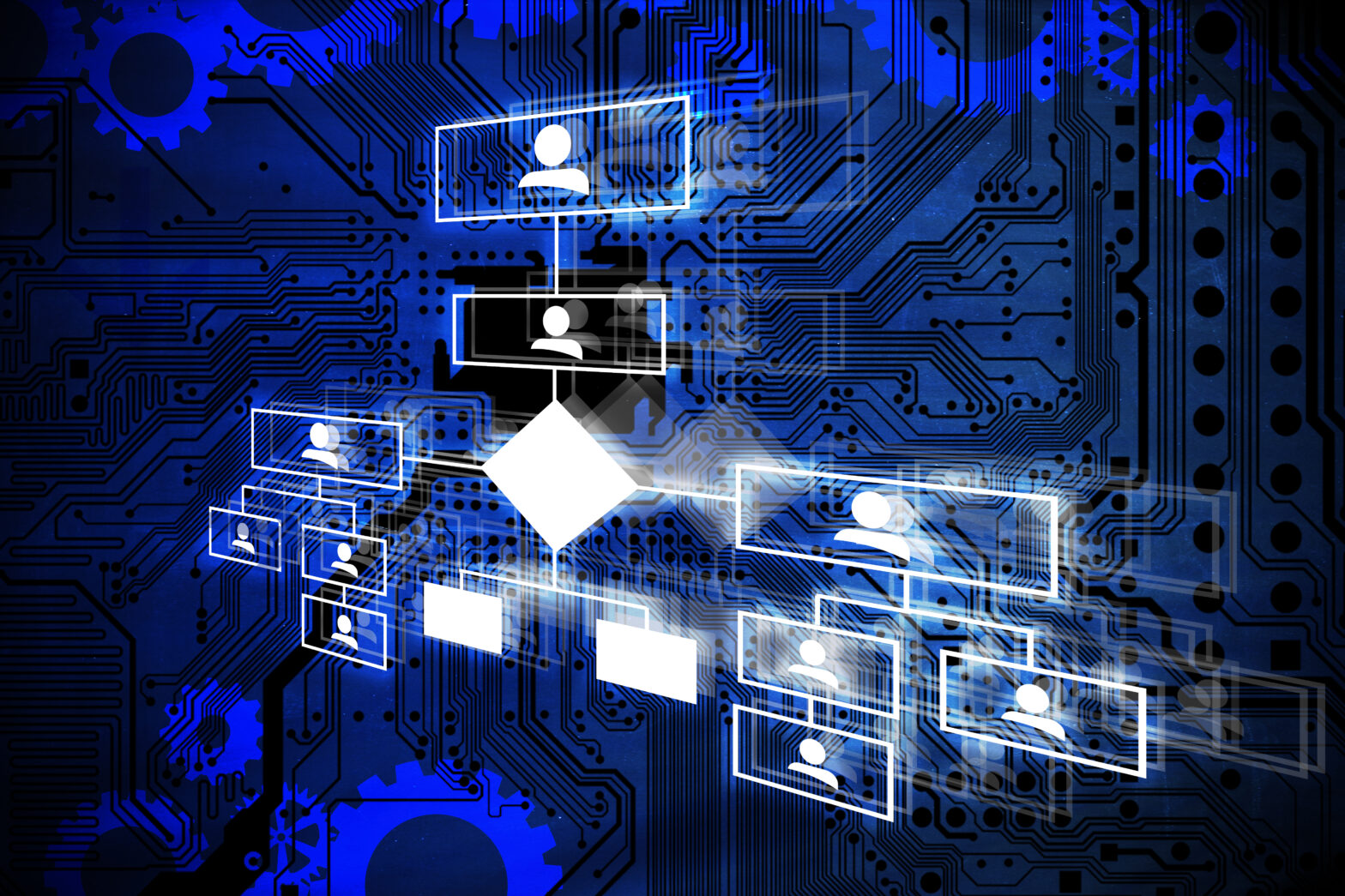As a leader, if you want your business to stay ahead and make a real impact, then you’ll need to encourage departments to collaborate and work together to embrace the digital future.
Currently, the divide between departments in many organisations is enormous. Employees seldom work together, and cross-departmental collaboration is a rarity, resulting in conflicting priorities hindering the march of new ideas and innovation.
HR is an important part of the business and has the ability to drive business success. But it’s more than just altering administrative processes or re-structuring the management teams that HR need to focus on. As processes will inevitably become automated, HR will need to look at the business strategically and begin to collaborate with their colleagues in other departments. In order to digitally innovate, partnering afresh with the IT department would be the first place to start.
>See also: GDPR, HR and IT: an exercise in communication
HR and IT need to work more closely to communicate and effectively demonstrate the capabilities of the technology they roll-out across their organisation. In a recent IDC survey of 1,469 European line of business managers and HR professionals, 34% of respondents are not satisfied with the technology available in their workplace.
This is an unfortunate indictment of both the IT department, and the HR department as well. The misalignment between these two departments is cause for concern and may affect the success of digital transformation among businesses.
So, what are some ways HR and IT can work better together to drive business success?
Keep your eye on the prize
For many HR departments, the implementation of new technology is chosen as an option to help innovate. The IT department should consider potential vendors from a technology point of view. They should be willing to step outside the usual suspects and include emerging technologies in their evaluation, while at the same time determining cost-effectiveness and assessing the suitability of the application/vendor for the company.
>See also: How will the growth of AI impact the HR and recruitment sectors?
HR can approach the decision using their knowledge of the business, employees and how they work together. If both HR and IT can use their expertise to choose the correct technology enabler, they can significantly impact the business.
Being flexible
One size does not and will not fill all. For instance, flexible working is an increasingly common feature of working culture and most organisations offer some sort of working from home option. Workers in the UK feel that flexible working is a fundamental part of workplace wellbeing and a recent survey found that one in ten UK employees would be willing to leave their current career if flexible working was offered elsewhere, which suggests both HR and IT have to work together to enable flexible working.
IT needs to provide the resources and the security framework in order for employees to work effectively from home and HR needs to manage the process and the cultural change associated with it. Acceptance of and access to flexible working technologies results in a happy, engaged workforce that in turn, drives business success.
Learn to be agile
End to end processes across departmental silos are beginning to be automated to allow HR to make more strategic business decisions and drive success. Design thinking is allowing HR departments to innovate engaging solutions for their customers.
>See also: Cloud technology for HR: how big companies can benefit
The implementation of emerging technology has demonstrated the need for the department to evolve and develop. However, very few organisations are introducing new technology and some businesses still have a way to go when it comes to digital transformation.
IT needs to help HR to stay ahead by researching and implementing new technologies, like robotic process automation (RPA), that will enable the entire business, not just HR. Currently, very few organisations embed any form of artificial intelligence (AI) in the HR process even though AI can eventually have a huge impact on predictive analytics and meaningful analysis of workforce trends.
HR should be careful, though; just implementing what looks like the best HR system may not be what’s effective for the business as a whole. Together, HR and IT should choose the most compatible and impactful system, to align with the businesses objectives.
Both departments should understand what is important for them and recognise which technology, systems, vendors or a working combination of all three can match up with their current and anticipated requirements. If IT and HR can align and focus on the real objectives, they can show the rest of the business that these improvements aren’t just for HR, but the business as a whole.
It’s time for organisations to consider internal collaboration and work together to drive business success. Digital transformation is key to any business, and IT is the department which should take the lead to execute this process.
However, the HR function also plays an important role in the digital transformation process, by automating administrative processes using emerging technologies and implementing new platforms to drive the culture and talent agenda in the skills economy.
All HR initiatives, strategies, new technology adoption, plans and actions need to line up with the overall business needs and HR should actively demonstrate that. However, in order to drive success and innovation, both HR and IT need to band together and use their individual insight and expertise to truly make a measurable impact on the business.
Sourced by Arnab Banerjee, principal consultant, Thought Leadership and Advisory Services at Cornerstone OnDemand







